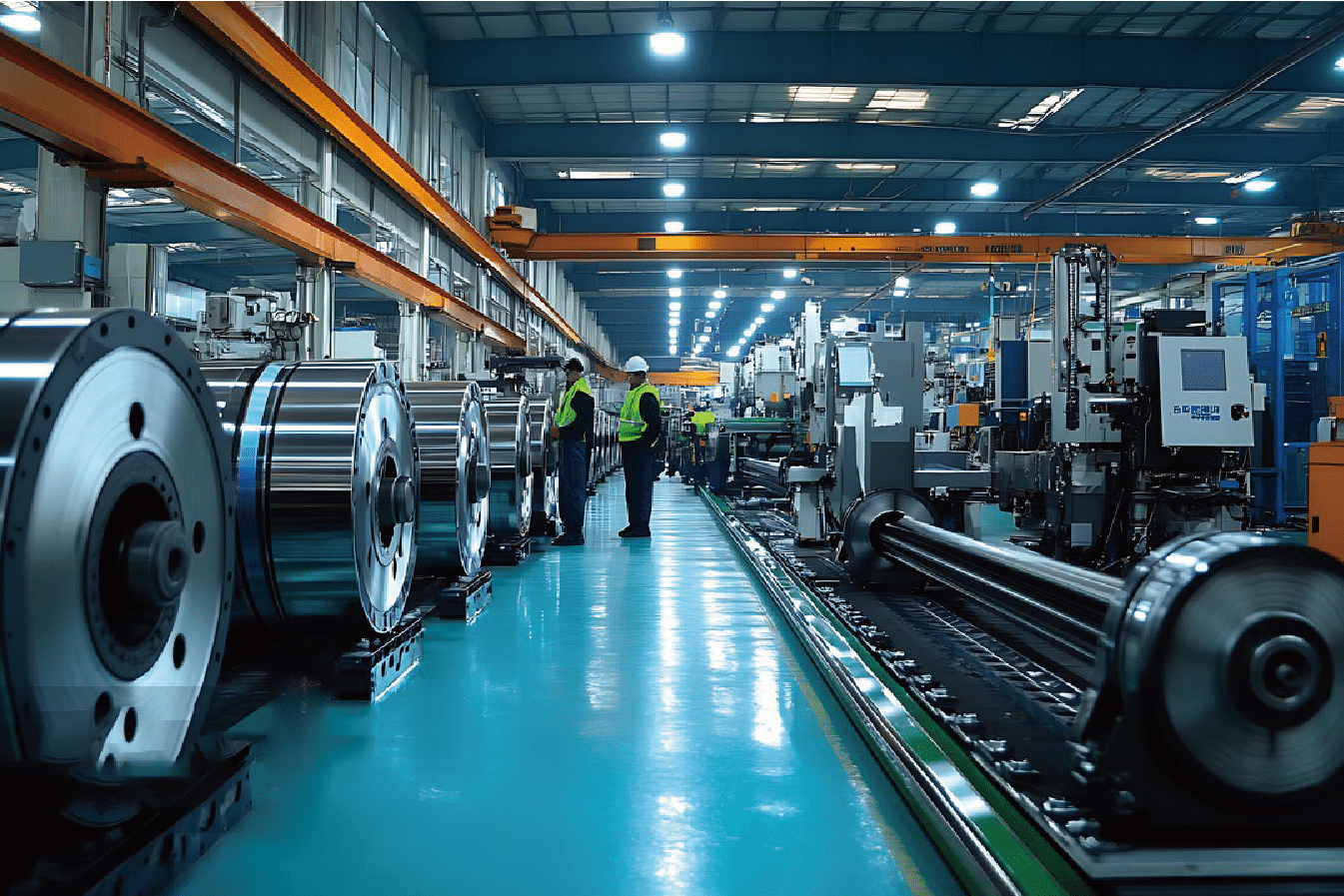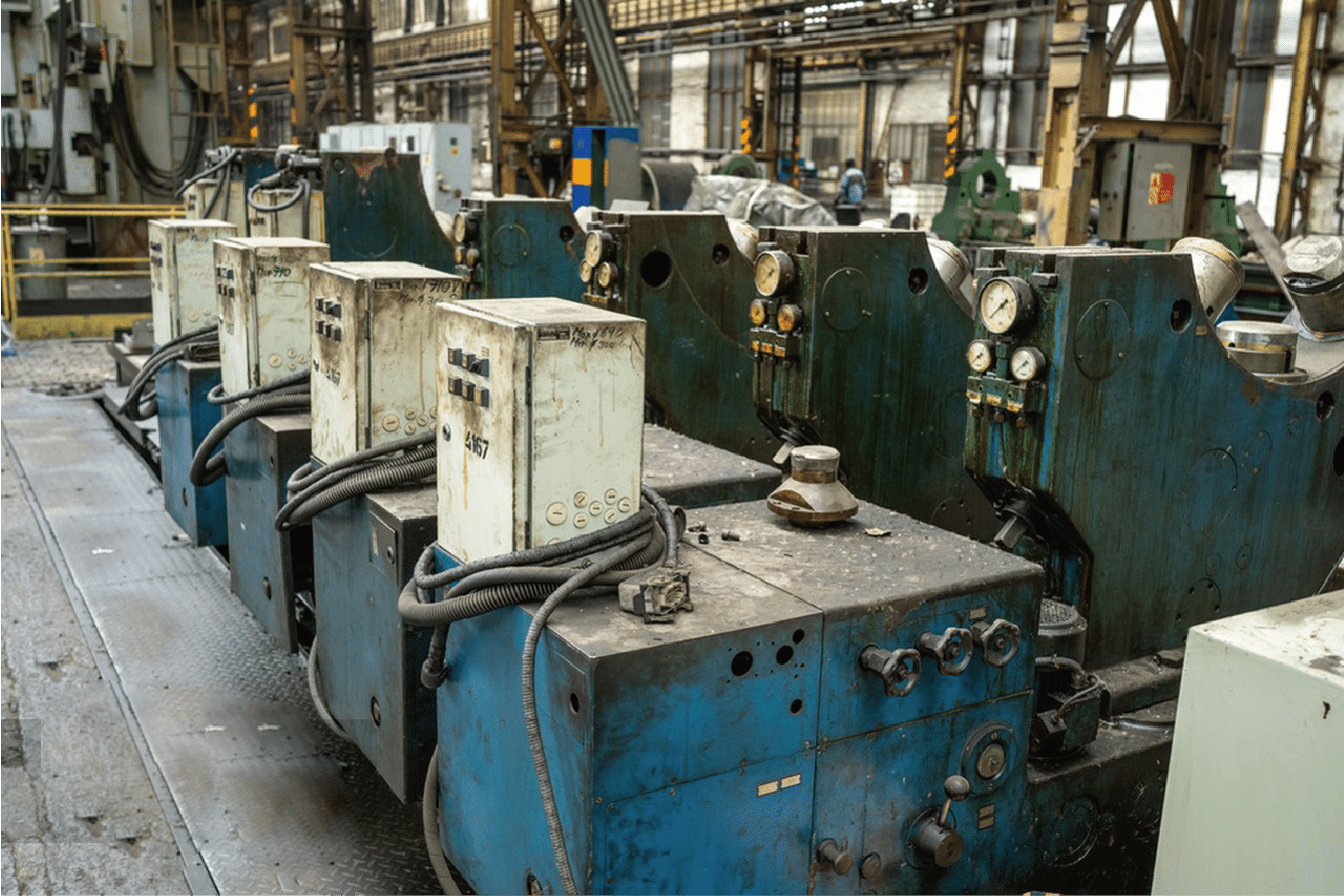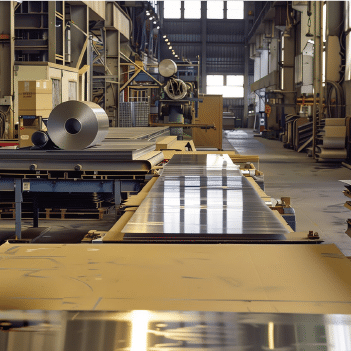
Having spent over two decades in stainless steel manufacturing, I've witnessed firsthand how proper equipment selection can make or break production quality and efficiency.
The production of stainless steel coils requires sophisticated equipment including continuous casting machines, hot rolling mills1, cold rolling mills, and annealing furnaces. Each piece of equipment plays a crucial role in transforming raw materials into high-quality finished products.
After managing countless production cycles at MFY Steel, I've learned that understanding your equipment is just as important as knowing your materials. Let me guide you through the essential machinery that powers modern stainless steel coil production.
Through my years of experience working with global clients like David from India, I've gained deep insights into how equipment choices directly impact product quality. The relationship between manufacturing equipment and final product characteristics is complex, involving factors like temperature control, rolling pressure, and surface finish requirements. Let's explore these critical aspects together.
What is the Historical Background of Stainless Steel Coil Production Equipment?
Working in this industry since MFY's early days, I've seen the remarkable evolution of production equipment firsthand, from basic manual operations to today's sophisticated automated systems.
The history of stainless steel coil production equipment dates back to the early 1900s, evolving from basic rolling mills to today's advanced automated systems. This progression has dramatically improved efficiency, precision, and production capacity while reducing labor requirements.
The journey of stainless steel production equipment tells a fascinating story of industrial innovation. When I first entered the industry, many processes were still semi-automated. Today, I manage fully integrated production lines that would seem like science fiction to early manufacturers. This evolution reflects broader changes in industrial technology and market demands.
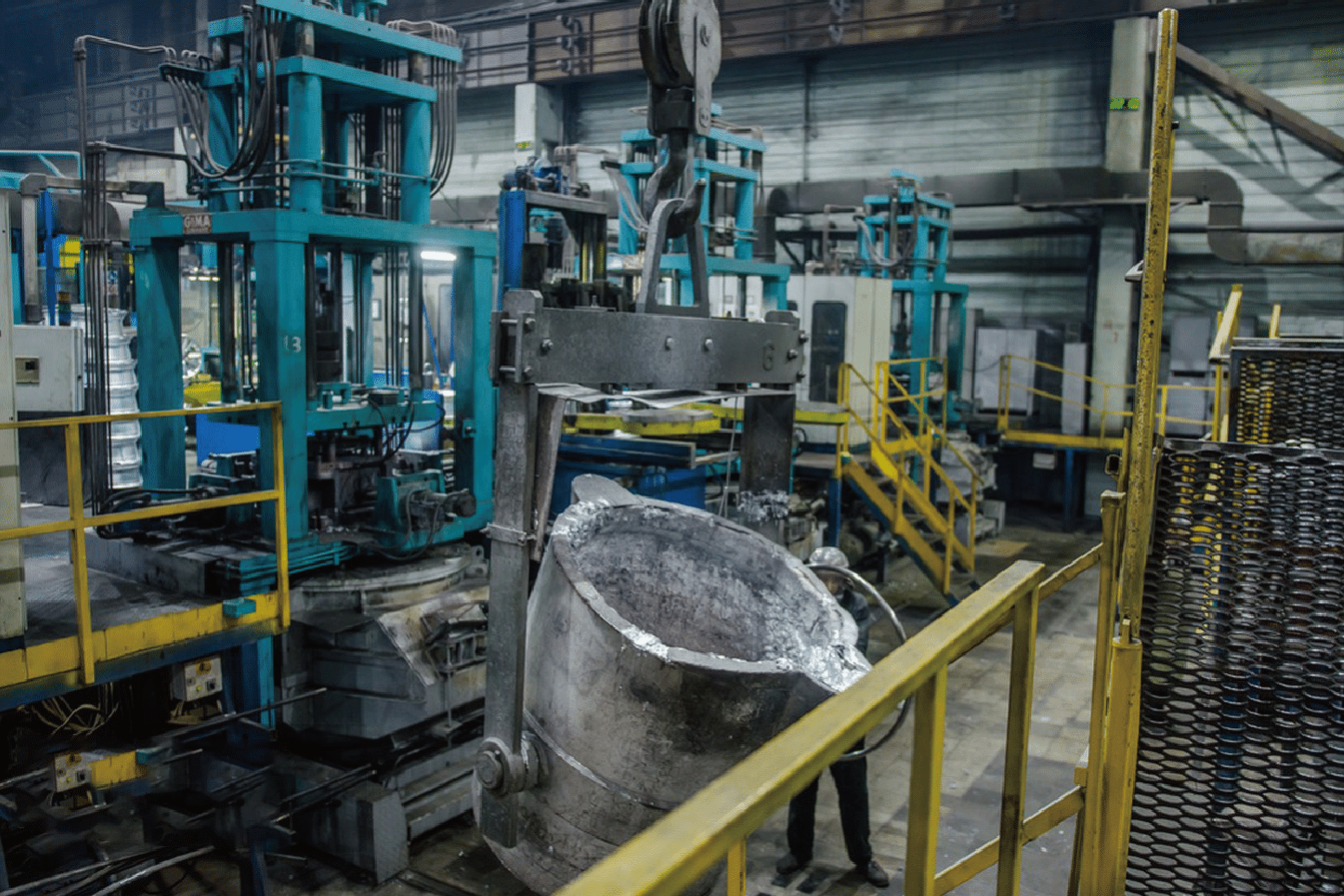
The Birth of Modern Rolling Mills
In my early career, I worked with equipment that was considered cutting-edge at the time but would be viewed as primitive by today's standards. The transformation began with the introduction of steam-powered rolling mills in the 19th century. These machines laid the groundwork for modern production methods, though they were far less precise than current equipment.
During the 1950s and 1960s, significant advancements in rolling mill technology emerged. Electromechanical controls replaced purely mechanical systems, allowing for better precision and consistency. I remember when our facility first upgraded to these systems - the improvement in product quality was remarkable.
The Digital Revolution in Production
The 1980s marked a turning point with the introduction of computer-controlled equipment. This technological leap transformed how we approach production. Modern rolling mills2 now feature sophisticated sensors and control systems that would have seemed impossible just a few decades ago.
Automation and Industry 4.0
Today's equipment incorporates artificial intelligence and machine learning capabilities. At MFY, we've implemented smart systems that can predict maintenance needs and optimize production parameters in real-time. This level of automation has revolutionized how we approach quality control and efficiency.
| Era | Key Technologies | Primary Benefits |
|---|---|---|
| Pre-1900s | Manual rolling mills | Basic shaping capabilities |
| 1900-1950 | Steam-powered mills | Increased production capacity |
| 1950-1980 | Electromechanical controls | Improved precision |
| 1980-2000 | Computer controls | Enhanced automation |
| 2000-Present | AI and IoT integration | Predictive maintenance, optimal efficiency |
When I think about how far we've come, I'm reminded of a conversation with David, one of our long-term clients from India. He visited our facility recently and was amazed by the level of automation in our production line. The equipment we use today not only produces higher quality materials but also helps us maintain consistent supply chains - a crucial factor for clients like David who require reliable, high-volume production.
Stainless steel coil production started in the early 1900sTrue
The history of stainless steel coil production equipment dates back to the early 1900s.
Modern rolling mills were introduced in the 19th centuryFalse
Steam-powered rolling mills were introduced in the 19th century, not modern rolling mills.
What Equipment is Currently Used in the Production of Stainless Steel Coils?
In my role overseeing MFY's production facilities, I've worked extensively with every piece of equipment in our modern production line, understanding their unique capabilities and crucial roles.
Modern stainless steel coil production relies on a sophisticated array of equipment including continuous casting machines, hot rolling mills, cold rolling mills, annealing furnaces3, and finishing lines. Each machine is precisely calibrated to ensure optimal product quality.
After years of experience and countless facility tours with clients like David, I've learned that understanding the complete production line is crucial for both manufacturers and buyers. Let me share my insights about the current equipment landscape that defines modern stainless steel coil production.
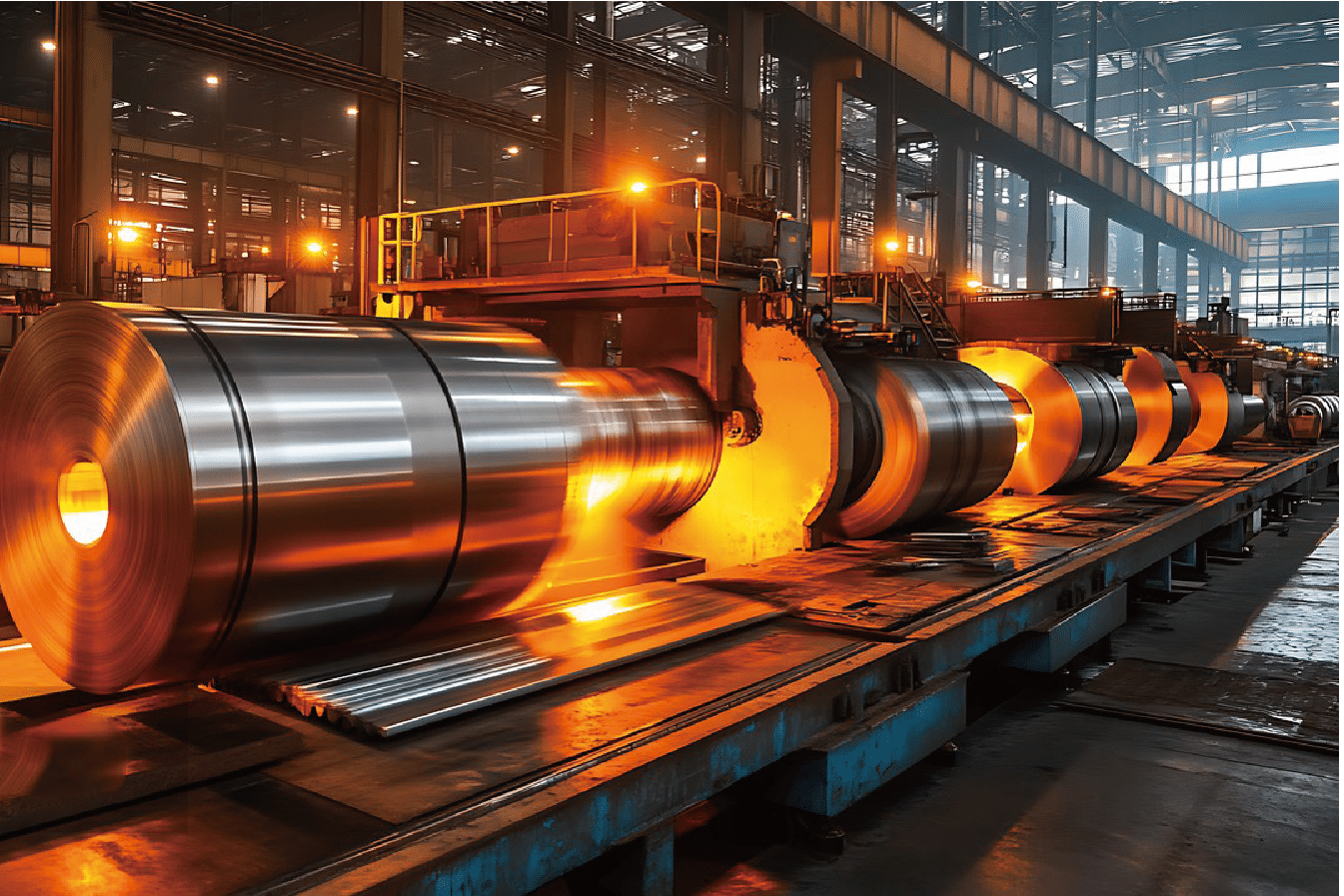
Primary Processing Equipment
Working closely with our production team, I've observed how the initial stages of stainless steel production set the foundation for final product quality. The continuous casting machine, our first major piece of equipment, transforms molten steel into semi-finished slabs. This process requires precise temperature control and timing.
Our facility utilizes advanced electromagnetic stirring systems4 within the continuous caster, which significantly improves the internal structure of the steel. I've seen firsthand how this technology has reduced centerline segregation and improved overall product consistency, particularly important for clients requiring high-grade materials for critical applications.
Hot Rolling Equipment
The hot rolling process represents one of the most energy-intensive stages in production. Our modern hot rolling mill complex includes:
- Reheating furnaces with advanced temperature control systems
- Roughing mills with automated gauge control
- Finishing mills with work roll bending capabilities
- Laminar cooling systems for precise microstructure control
When I first implemented our new hot rolling system, we saw a 30% improvement in surface quality and dimensional accuracy. This upgrade was particularly beneficial for clients like David, who require tight tolerance control for their manufacturing processes.
Cold Rolling and Finishing Equipment
| Equipment Type | Primary Function | Key Features |
|---|---|---|
| Sendzimir Mills | Precision thickness reduction | 20-roll configuration |
| Tension Levelers | Flatness improvement | Automated stress relief |
| Skin Pass Mills | Surface finishing | Controlled roughness |
| Slitting Lines | Width control | Precise edge quality |
In my experience managing cold rolling operations, I've found that the Sendzimir mills are particularly crucial for achieving the precise tolerances required in modern applications. These sophisticated machines can reduce steel thickness by up to 90% while maintaining excellent surface quality and dimensional accuracy.
Our annealing and pickling lines represent the latest in continuous processing technology. I recently oversaw the installation of our new bright annealing line, which features:
- Advanced protective atmosphere control
- Precise temperature profiling capabilities
- Automated surface quality monitoring systems
- Integrated descaling and pickling sections
The results have been remarkable - we've seen a 40% reduction in surface defects and a 25% improvement in processing speed. This investment has significantly enhanced our ability to meet the demanding requirements of clients in industries ranging from automotive components to architectural applications.
Continuous casting machines start the production processTrue
Continuous casting machines transform molten steel into semi-finished slabs.
Annealing furnaces are used before hot rolling millsFalse
Annealing furnaces are used after the cold rolling process, not before hot rolling mills.
What are the Main Challenges Faced in the Production of Stainless Steel Coils?
After managing MFY's production line for years, I've encountered numerous challenges that can impact product quality and operational efficiency. These obstacles require constant vigilance and innovative solutions.
The main challenges in stainless steel coil production include maintaining consistent material properties, managing energy costs, controlling surface quality, ensuring precise thickness tolerance, and addressing environmental concerns while meeting increasing market demands.
Having worked closely with both our production team and clients like David, I understand that these challenges directly impact the final product quality and customer satisfaction. Let's explore the complex issues that manufacturers face and how they affect the entire supply chain.

Material Property Control Challenges
Throughout my career at MFY, maintaining consistent material properties has been one of our most persistent challenges. The complexity of modern stainless steel grades requires extremely precise control over multiple variables.
Temperature management during processing remains a critical concern. Even minor deviations can lead to significant variations in mechanical properties. I remember a particular instance when we were producing a large order for David's company, and we had to adjust our annealing parameters multiple times to achieve the exact hardness specifications required for his automotive components.
During cold rolling operations, work hardening effects can be particularly challenging to manage. Our experience shows that:
- Different stainless steel grades respond differently to deformation
- Work hardening rates vary with temperature and reduction ratio
- Final mechanical properties must meet increasingly tight specifications
Operational and Cost Management Issues
| Challenge Category | Impact on Production | Mitigation Strategies |
|---|---|---|
| Energy Consumption | 30-40% of total costs | Advanced heat recovery systems |
| Equipment Wear | 15-20% maintenance costs | Predictive maintenance programs |
| Material Yield | 5-8% typical losses | Process optimization techniques |
| Quality Control | 2-3% rejection rate | Advanced monitoring systems |
Energy management has become increasingly critical in our operations. When I first implemented our energy monitoring system, we discovered that our annealing furnaces alone consumed about 35% of our total energy usage. This led us to develop more efficient heating cycles and invest in heat recovery systems.
Surface Quality Control
Maintaining consistent surface quality across entire coil lengths presents significant challenges. Our experience shows that surface defects can occur due to:
The complexity of surface quality control became apparent during a recent large order for an Indian client. We had to maintain a specific surface finish across 500 tons of material, which required constant monitoring and adjustment of our finishing line parameters.
I've found that roll wear patterns significantly impact surface quality. We implemented an advanced roll monitoring system5 that tracks wear patterns and predicts optimal roll change timing. This reduced surface defect incidents by approximately 40%.
Energy consumption is a significant production costTrue
Energy consumption can account for 30-40% of total production costs.
Surface quality control is not a significant challengeFalse
Maintaining consistent surface quality is a significant challenge in stainless steel coil production.
How Can These Challenges be Addressed in the Production Process?
Drawing from my experience managing MFY's production operations, I've developed and implemented various solutions to overcome common production challenges. Each solution requires careful consideration of both technical and practical aspects.
Effective solutions for stainless steel coil production challenges include implementing advanced automation systems, utilizing predictive maintenance programs, optimizing process parameters, and investing in employee training. These approaches help maintain quality while improving operational efficiency.
Through years of collaboration with technical experts and feedback from clients like David, we've refined our approach to addressing production challenges. Let me share some proven solutions that have significantly improved our manufacturing processes.
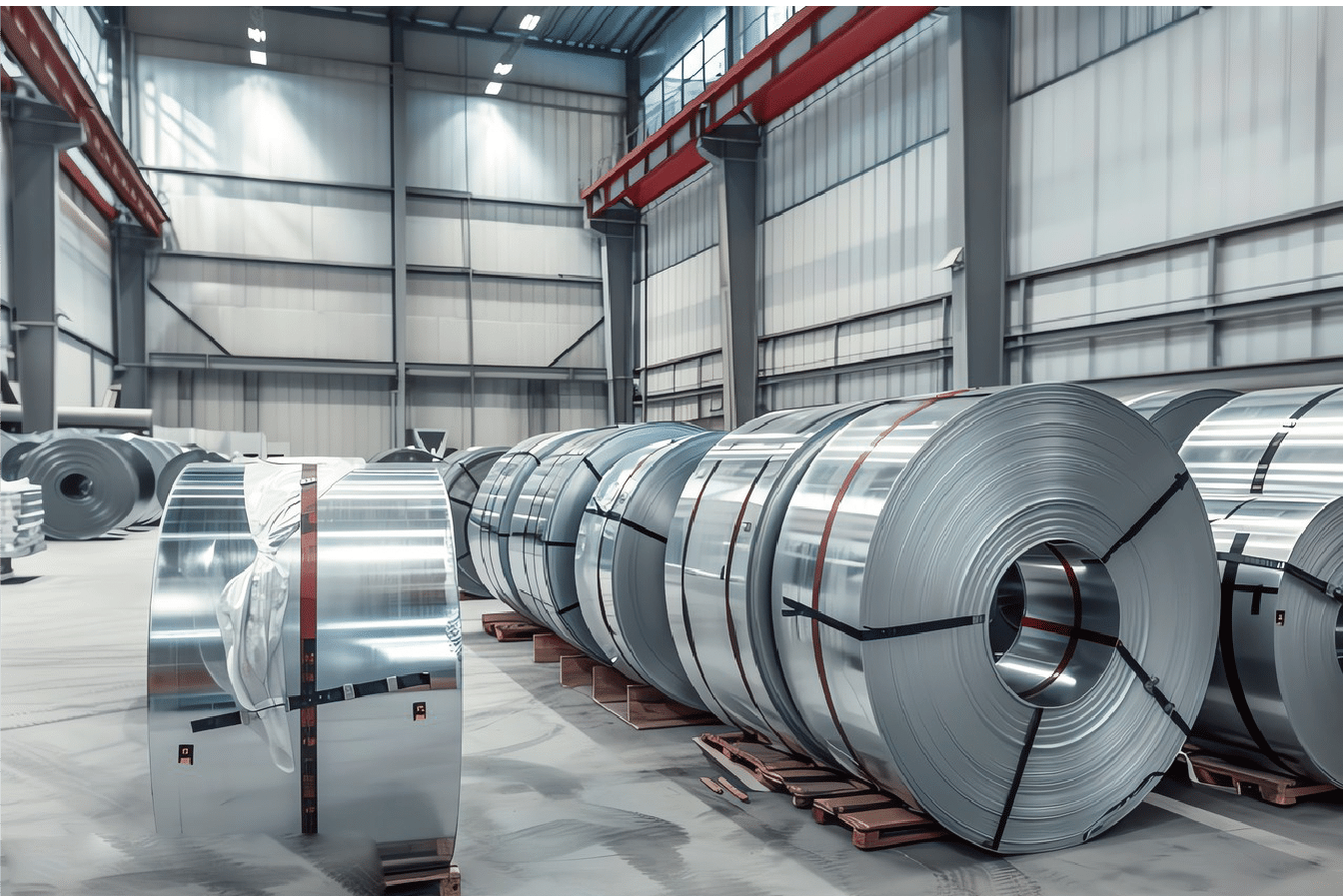
Process Control Optimization
Having overseen numerous process improvements at MFY, I can confidently say that advanced control systems are crucial for maintaining consistent quality. Our implementation of these solutions has yielded remarkable results.
During hot rolling operations, we introduced a dynamic process control system that continuously adjusts parameters based on real-time data. This implementation has:
- Reduced thickness variation by 45%
- Improved surface quality consistency by 35%
- Decreased energy consumption by 25%
- Enhanced overall product uniformity
The success of these improvements was particularly evident when working with David's company. Their stringent requirements for automotive-grade materials became much easier to meet consistently after implementing these controls.
Equipment Maintenance and Reliability
| Maintenance Aspect | Traditional Approach | Modern Solution | Improvement Rate |
|---|---|---|---|
| Roll Wear Monitoring | Visual Inspection | AI-based Prediction | 60% reduction in unplanned downtimes |
| Furnace Performance | Periodic Checks | Continuous Monitoring | 40% energy efficiency improvement |
| Quality Control | Sample Testing | 100% Online Inspection | 75% reduction in customer complaints |
| Preventive Maintenance | Time-based | Condition-based | 50% reduction in maintenance costs |
Our transition to predictive maintenance has revolutionized our operation reliability. I remember when we first installed sensors on our cold rolling mills - the data revealed patterns of wear we hadn't previously recognized, allowing us to prevent several potential breakdowns.
Advanced control systems improve product qualityTrue
Advanced control systems are crucial for maintaining consistent quality.
Predictive maintenance is less effective than time-based maintenanceFalse
Predictive maintenance is more effective than time-based maintenance, reducing unplanned downtimes.
What are the Latest Technological Advancements in Stainless Steel Coil Production Equipment?
In my position as a production manager at MFY, I constantly monitor and evaluate new technologies to maintain our competitive edge. The rapid pace of technological advancement continues to transform our industry.
Recent technological advancements in stainless steel coil production include AI-powered quality control systems, IoT-enabled predictive maintenance, advanced automation systems, and energy-efficient processing equipment. These innovations are revolutionizing production efficiency and product quality.
From my recent discussions with equipment suppliers and industry peers at international trade shows, I've observed how digital transformation is reshaping our industry. Let me share insights about the most impactful technological developments.
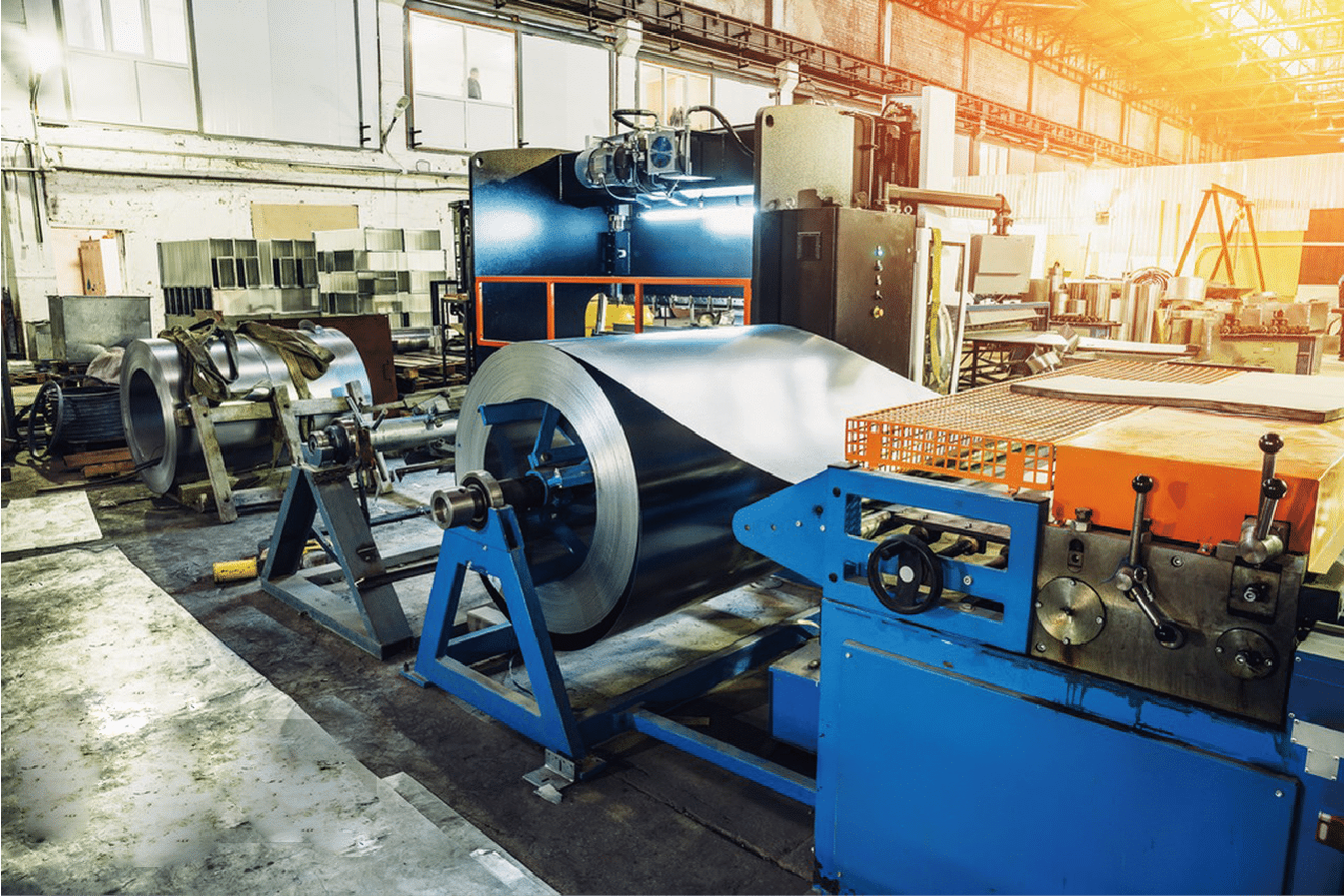
Artificial Intelligence and Machine Learning Applications
Having recently implemented AI systems in our production line, I can attest to their transformative impact on quality control and process optimization.
Our investment in AI-powered inspection systems has revolutionized our quality control process:
- Real-time defect detection with 99.9% accuracy
- Automated surface quality classification
- Predictive quality modeling
- Integration with production control systems
The impact was particularly noticeable when fulfilling orders for clients like David, who require consistent high-quality materials for their automotive components. The AI system helped reduce quality-related rejections by 75%.
Automation and Robotics
Advanced automation has transformed various aspects of our production process:
- Automated material handling systems
- Robotic inspection systems
- Autonomous maintenance robots
- Smart packaging systems
These implementations have:
- Reduced labor costs by 35%
- Improved worker safety
- Increased production efficiency
- Enhanced product consistency
Sustainability-Focused Technologies
Modern environmental technologies are becoming increasingly important:
- Advanced emission control systems
- Water recycling technologies
- Energy recovery systems
- Waste reduction solutions
Our recent implementation of these technologies has:
- Reduced carbon emissions by 40%
- Decreased water consumption by 50%
- Improved resource utilization by 35%
- Enhanced our environmental compliance
AI improves quality control accuracyTrue
AI-powered inspection systems can provide real-time defect detection with 99.9% accuracy.
Automation increases labor costs significantlyFalse
Advanced automation reduces labor costs significantly.
Conclusion
The evolution and current state of stainless steel coil production equipment reflect significant technological advancement and ongoing innovation. Through proper equipment selection, maintenance, and modernization, manufacturers can overcome challenges and meet increasing market demands efficiently.
-
Understand the role and importance of hot rolling mills in the production process of stainless steel coils ↩
-
Discover advancements in rolling mill technology and their impact on production quality and efficiency ↩
-
Learn about the role of annealing furnaces in enhancing the properties of stainless steel coils ↩
-
Explore the benefits of electromagnetic stirring systems in the continuous casting process ↩
-
Discover how advanced roll monitoring systems help maintain high surface quality standards ↩

